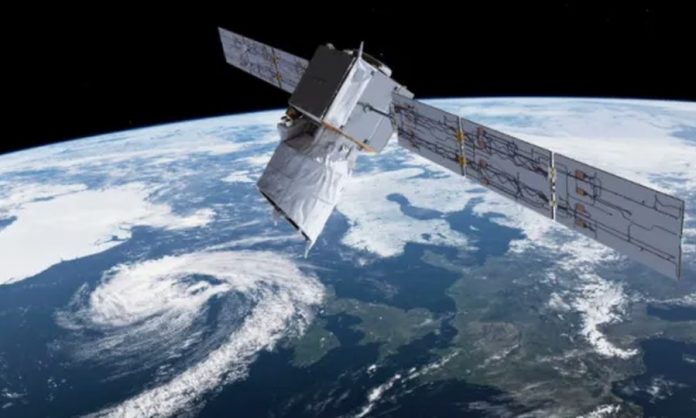SPACEX’S STARLINK constellation was on a collision course with a European Space Agency (ESA) satellite prior to performing its first-ever “collision avoidance manoeuvre”, it has been revealed.
Announcing the news via a thread on Twitter, ESA explained how its Aeolus Earth observation satellite performed a manoeuvre to take it off a potential collision course with one of SpaceX’s Starlink satellites. Aeolus has been in orbit since August 2018, while the Starlink satellite was one of 60 launched aboard a Falcon 9 in May 2019. According to Forbes, SpaceX refused to move its spacecraft – dubbed Starlink 44 – forcing ESA into evasive action for Aeolus.
For the first time ever, ESA has performed a 'collision avoidance manoeuvre' to protect one of its satellites from colliding with a 'mega constellation'#SpaceTraffic pic.twitter.com/kmXvAgpj1U
— ESA Operations (@esaoperations) September 2, 2019
SpaceX’s Starlink programme is intended to provide global broadband coverage and may eventually be comprised of up to 12,000 low earth orbit satellites. ESA says this is the first time it has had to perform such a manoeuvre in order to avoid a collision with a so-called ‘mega constellation’ satellite.
“Experts in our #SpaceDebris team calculated the risk of collision between these two active satellites, determining the safest option for #Aeolus would be to increase its altitude and pass over the @SpaceX satellite,” ESA said in a tweet.
“The manoeuvre took place about 1/2 an orbit before the potential collision. Not long after the collision was expected, #Aeolus called home as usual to send back its science data – proving the manoeuvre was successful and a collision was indeed avoided”















